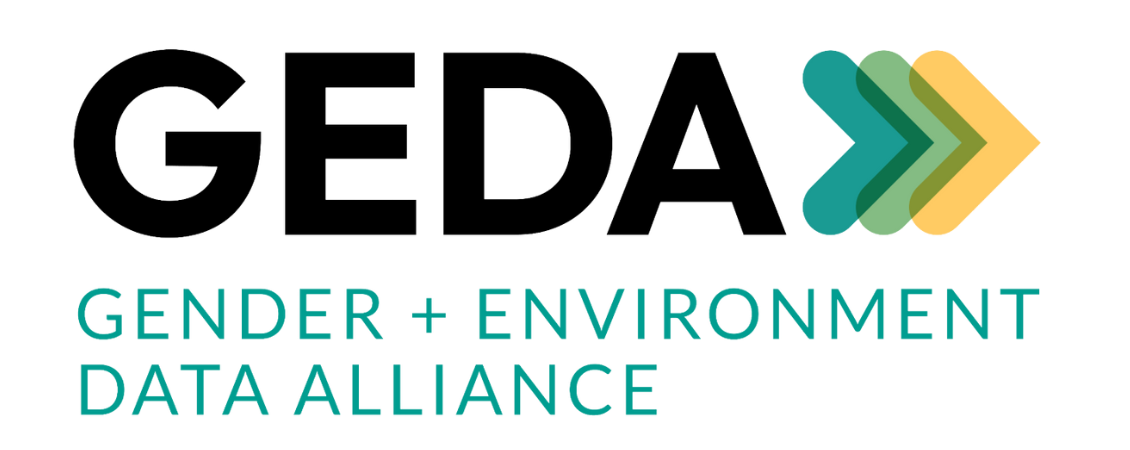
Mainstreaming Gender Transformative Climate Finance for NDC Implementation
Vani Bhardwaj

The Paris Agreement mandated countries to report their Nationally Determined Contributions (NDCs) for mitigating Greenhouse Gas Emissions (GHGs)–and delineated the process, in Article 4, paragraph 2. Though the Agreement doesn’t stipulate a specific obligation to include gender considerations within the NDCs, this has become a priority for many countries. As of April 2024, 106 out of 120 countries have integrated gender dimensions in their NDCs (UNDP, 2024). However, mentioning gender dimensions only at the planning stages of adaptation and mitigation plans does not amount to gender responsiveness in achieving gendered climate action.
Beyond including gender analysis in NDCs–gauging power differentials, impediments and risks embedded in structural inequities in the context of climate injustices (UNDP, 2019) gender-responsiveness in NDCs entails structural transformation of gendered norms across institutions, interests and identities in their mitigation and adaptation measures (Allinson, 2022).
Tool for Assessing Adaptation in the NDCs (TAAN) highlights how gender mainstreaming at planning stages does not suffice for gender-responsive adaptation measures (TAAN, n.d.). A public financial management system highlighting the domestic climate finance architecture is intrinsic to the framework for enhancing gender in climate finance (UNDP, 2021). NDCs usually lack an M&E mechanism at the subnational government level to ensure gender integration into the climate finance system.
Nonetheless, a few countries such as Fiji, Vanuatu (SPREP, 2019) and Canada (UN Women, 2023) have developed and enhanced a Monitoring, Reporting and Verification (MRV) system (World Bank, 2022) for sectors underlining the significance of process and outcome-based gender indicators for adaptation targets. Vanuatu’s National Vulnerability Assessment Framework integrates climate-resilient investment decisions for the most vulnerable communities (WEDO, 2020) and reiterates the interlinkages for Disaster Risk Reduction financing to create a gender-responsive ecosystem of NDCs.
Mapping out the priority areas for a gender-transformative feminist climate finance
Numerous gaps related to NDCs persist. Climate change becomes a threat multiplier for sexual and gender-based violence (SGBV) (Spotlight Initiative, 2023), so we need to inquire whether gender-based violence and heat distress are entrenched in NDC targets across the administrative units at different scales. Are we analyzing age-sensitive women-centric product design while disseminating cooking stoves for cleaner fuels (Clean Cooking Alliance, 2022) as part of welfare schemes? Why would such adaptation projects target women of the household in particular as ‘beneficiaries’, thereby adhering to gender norms rather than disrupting them?
There is a lack of training for policymakers at the district administration level related to the maintenance of budgeting verticals for mitigation and adaptation projects. Such budget segregation across climate project types remains disproportionately amiss within local budgeting records. This amounts to a lack of data transparency for Biennial Transparency Reports (BTRs).
The global climate finance architecture must embed gender at the sub-NDC level. Integrated National Financing Frameworks (INFFs) merging with the sub-national level climate finance (INFF, 2022) must be based on Gender-Based Analysis+ covering 2SLGBTQIA+ indicators (UNFCCC, 2021). Such financial strategies cater to gender-responsive budgeting in congruence with data disaggregation, adaptation, mitigation, loss, and damage financial verticals.
Across Asia and the Pacific, urbanization continues to be plagued by power interplays of caste and racial deprivations. Working-class women at construction and demolition sites endure respiratory ailments that remain understudied and underserved by local mitigation and adaptation projects. Resultantly, urban climate finance would be more inclusive if racial aspects and caste atrocities are used in M&E mechanisms for urban climate finance to achieve NDCs. For instance, in India only a few federal units or states have State Adaptation Plans on Climate Change (SAPCCs) that are gender-responsive (WISCOMP, 2023); otherwise, gender analyses are mainly restricted to National Adaptation Plans.
Recommendations
Advancing truly gender-transformative/responsive climate action through NDCs requires the following:
- Training bureaucracies in indigenous languages, to ease land acquisition-related procedures.
- De-jargonizing climate finance terminologies, and tailoring climate education pedagogies to highlight the racial and gendered dimensions of climate finance architecture.
- Herein, Feminist Participatory Action Research (FPAR) becomes significant. It emphasizes synergizing environmental communication methods and everyday realities through local and indigenous artivism such as hand puppetry, theatre and street art.
- Integrating livelihood and employment generation for women into eco-tourism policies that underscore Indigenous stewardship by communities as women become local guides for natural and mixed heritage sites. Such expansion of employment portfolios for Indigenous and local women advances linguistic justice by mainstreaming Indigenous and regional languages for achieving NDC targets.
- Ecosystems that enable feminist climate finance enabling and programs regarding the prevention of gender-based violence must become integral to NDCs.
Overall, a systems approach to decentralizing climate finance is required that incorporates the political, administrative, community and monetary aspects of policy programming and policymaking. Addressing NDCs at the sub-national level should be a priority through the next iteration, as State parties further design the allocation and accessibility regarding the Loss and Damage Fund.








